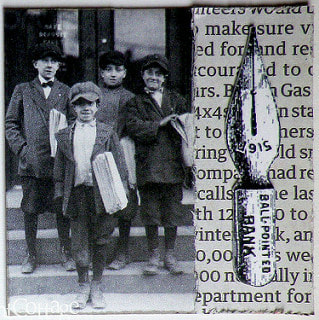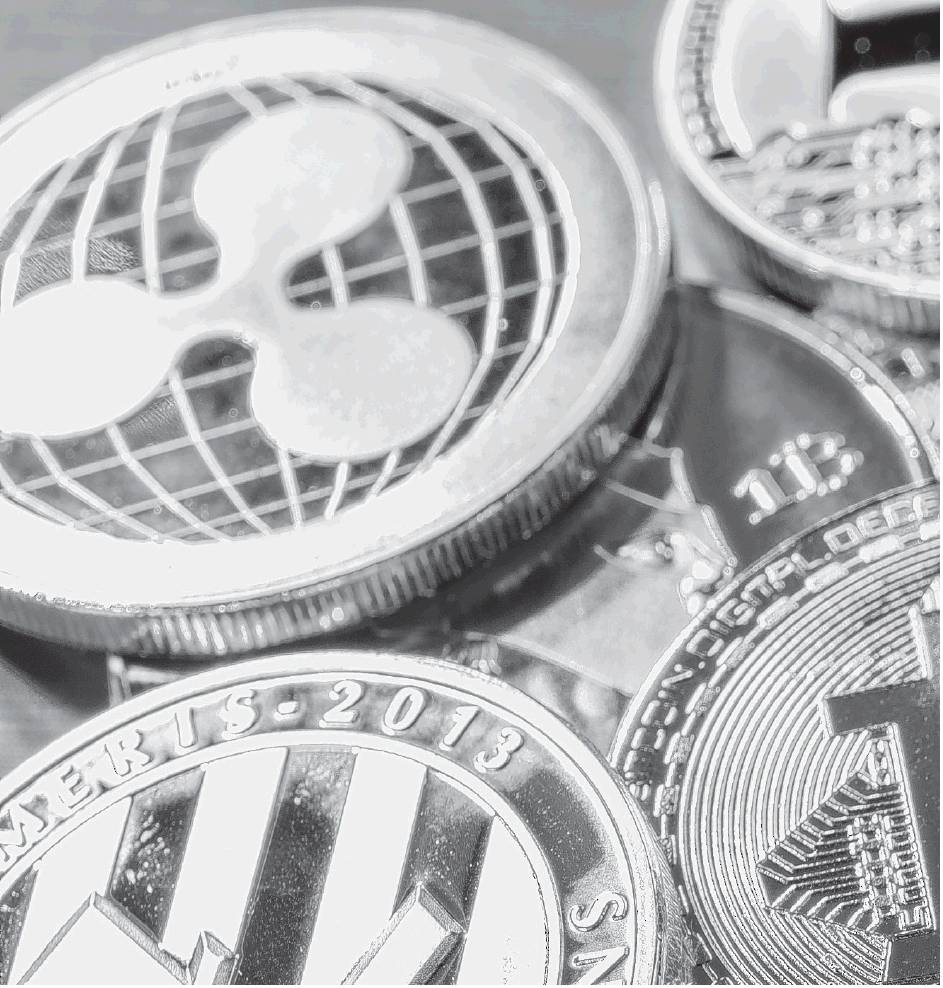Melting glaciers expose frozen World War I relics |
As glaciers melt and shrink in the Alps of Northern Italy, long-frozen relics of World War I have been emerging from the ice.
They include cups, cans, letters, weapons and bones with the marrow sucked dry. They were found in cave barracks not far from the frigid summit of Mount Scorluzzo, which reaches more than 10,000 feet above sea level in Northern Italy.
The Austro-Hungarian soldiers who occupied those barracks were fighting Italian troops in what became known as the White War. There in the Alps — removed from the more famous Western Front, a site of bloody trench warfare between Germany and France — troops climbed to precarious heights in the stinging cold to carve fortifications into the rock and snow.
The weather that tested the troops on Mount Scorluzzo ultimately preserved their barracks, freezing the entrance shut after soldiers abandoned their post at the end of the war in 1918. The structure was essentially impenetrable for decades — until 2017, when enough of the ice and snow had melted, allowing researchers to enter.
The barracks have now been excavated, revealing the items that were left behind and offering a fuller glimpse of the people who lived in the cramped space more than a century ago.
The barracks, in Stelvio National Park, are “sort of a time machine,” said Stefano Morosini, a historian who coordinates heritage projects for the park and professor at the University of Bergamo.
“We are interested not only in a historical way, but also in a scientific way,” he added. “How was the pollution? How were the epidemiological conditions in the barracks? How did the soldiers sleep, and how did they suffer? What did they eat?”
Many relics will eventually be shown at a museum that is expected to open next year in the town of Bormio, Morosini said. Another museum dedicated to the White War already exists in the nearby town of Temù, and staff members there are now working to restore the relics found in the barracks.
Luca Pedrotti, a scientific coordinator at the park, said the relics held lessons in environmental science as well as history. Extremely cold weather killed soldiers in Northern Italy more than a century ago; today, warmer conditions present a different kind of threat.
Pedrotti, who lived in the park as a child, said he has watched the glaciers recede. He has seen changes in the flora and observed cold-loving animals move up to the mountaintops, clinging to shrinking habitable zones.
“I think it is important that we use the park as a study area to raise awareness about climate change,” he said.
In the White War, most of the soldiers who died were believed to have been killed not by the fighting but by the environment. Their remote outposts were hard to fortify with food and supplies, and the wind-swept peaks were prone to avalanches.
“Here, the men spend their days wrapped in shaggy furs, their faces smeared with grease as a protection from the stinging blasts, and their nights in holes burrowed in the snow,” E. Alexander Powell, a newspaper correspondent, wrote in “Italy at War,” a book published in 1918.
“On no front, not on the sun-scorched plains of Mesopotamia, nor in the frozen Masurian marshes, nor in the blood-soaked mud of Flanders, does the fighting man lead so arduous an existence as up here on the roof of the world.”
Now, Italian scientists and researchers are working to reconstruct the daily lives of the soldiers who fought at the frozen front.
Already, it is clear that they battled starvation — they were hungry enough to eat bone marrow and fruit pits — and that they did their best to fight the cold with layers of fabric and fur. They also wrote letters to their loved ones, telling of spectacular views and horrible conditions.
“We are not so interested in the guns, because guns are a way to kill,” Morosini said. “We are interested in the relics that show the extreme environmental conditions, and the extreme life conditions, of these soldiers.”
No bodies were found in the barracks, though frozen corpses of people who fought in the White War have appeared nearby. Researchers did, however, find at least one sign of life, said Alessandro Nardo, park director.
“When I first came here to manage Stelvio National Park, in the end of 2018, one of the things that attracted my curiosity was a small pot on a desk with a green wild geranium,” he said. “I asked my colleague what was it, and he said it had germinated from the seeds found in the mattresses of the barrack of Scorluzzo.”



 RSS Feed
RSS Feed